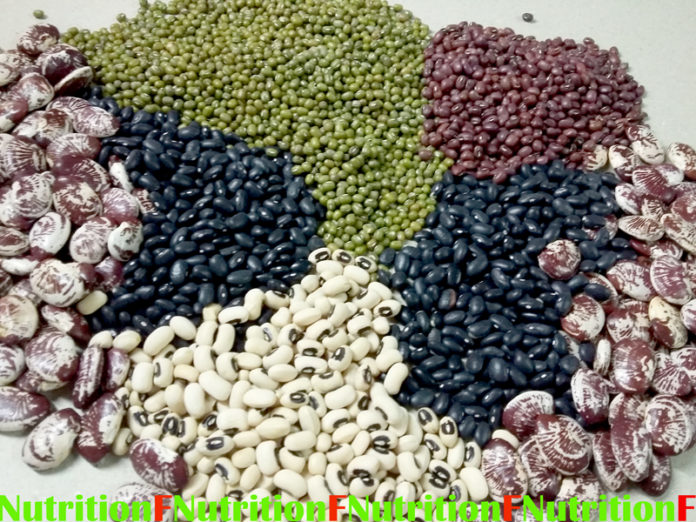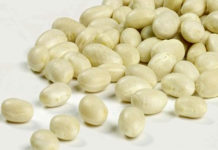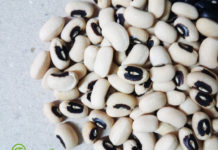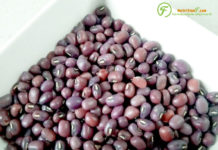In your dairy menu, sometimes you have your bean soup and agree that it is good for your health with many benefits. However the simple appearance of bean does not make us usually to think about a very complicated history related to the human life in both fields of culture and culinary. Concerning the very long story of bean, and in the previous part of Type of bean (part 1), we temporarily arrange bean species into bean group and pea group to be easier to know about bean types, in this article there are three species of beans in bean group are mentioned. They are Vigna, Cicer and Psophocarpus.
Are you familiar with elements in your bean soup every day such as mung bean, cow pea, chickpea or winged bean? Yes, we are talking about three species of beans included Vigna, Cicer and Psophocarpus.
-
Vigna includes
- Vigna aconitifolia or Moth bean: a bean with brown pod from 2.5-5cm, seeds are small and color could be yellow-brown, whitish green or mottled with black. Moth bean is rich of nutrition but it is not so popular for bean soup such some other type. And the moth bean sprouts are used more popular.
- Vigna angularis or Adzuki bean: the name Adzuki is from Japan which means: small bean. It is also call red bean in China and Vietnam. This bean is small ad red like its name, but also has white, black or grey color. This species is very popular in Japanese, Chinese and other Asian dishes.
- Vigna mungo or Urad bean and vigna radiate or mung bean: are very popular in India as black gram (urad bean) or green gram (mung bean) and also cultivated in other Asian countries. These beans are annual herbs with narrow pod, and small seed. Urad bean has black seed and mung bean has green seed. Mung bean is considered the great element for soup. This bean soup is rich of nutrition. It can reduce the heat even it clears the heat, reduces acne and detoxes the body. The bean soup with mung bean is also considered the natural medicine in some country in Asia.
- Vigna subterranean or Ground bean/ Bambara bean: is much like the peanut which the pod is ripening underground. This bean is an important crop in Africa. It’s used in both food and beverage.
- Vigna umbellate or Rice bean: this bean is widely cultivated in Asia. Its seed is long and small with the color brown purple. It is used as food for human and animal. The immature plant and pod are used as a vegetable, the plant after harvesting is used to enrich the land.
- Vigna unguiculata or Cow pea: is considered as an important food in Asia, Africa, southern Europe, Central and South America. It has long pod and medium seed. There is a prominent specification: a black spot on the pale-color of the seed, this spot for vary species of cow pea, could be other colors like pink, brown, red or green. The fresh seeds are mostly green, and the dried ones are brown or buff. One of the popular species of cow pea is the black-eyed pea which is known as a lucky food for New Year in southern US.
-
Cicer
Cicer species is a genus which includes different species, but only one species cicer arietinum or chickpea is popular as a domesticated cultivar. Chickpea plant is high up to 50 cm; its seed is small and has color from green to dark with rough coat. It is rich in protein and nutrition. This species is especially popular in India and is also known as Bengal gram or garbanzo, or sometimes Egyptian pea, Ceci, cece, chana or Kabuli chana. Beside used as food for human, it is also used as animal feed.
-
Psophocarpus
This species could be easy recognized, that is psophocarpus tetranolobus or winged bean which has long pod (up to 22 cm), the pod has four frill wings lengthwise, that could be the cause of this bean name. Winged bean is widely known in Southeast Asia for its disease tolerance and high nutrition content. Especially, all parts of this bean from leaves, flowers, tubers and fruits are edible, the tuber and young fruit are even edible raw. The ripen pod has ash-brown color and could split to release the seeds. Winged bean seed contains 30-39% protein and could be use similarly as soybean.
Related to the next parts of bean types please go to:
Type of beans – bean group (part 3): Glycine, Arachis, Macuna and Lentil species.
Type of beans (part 4): pea group
Return to Type of beans – bean group (part 1): Vicia and Phaseolus species.









